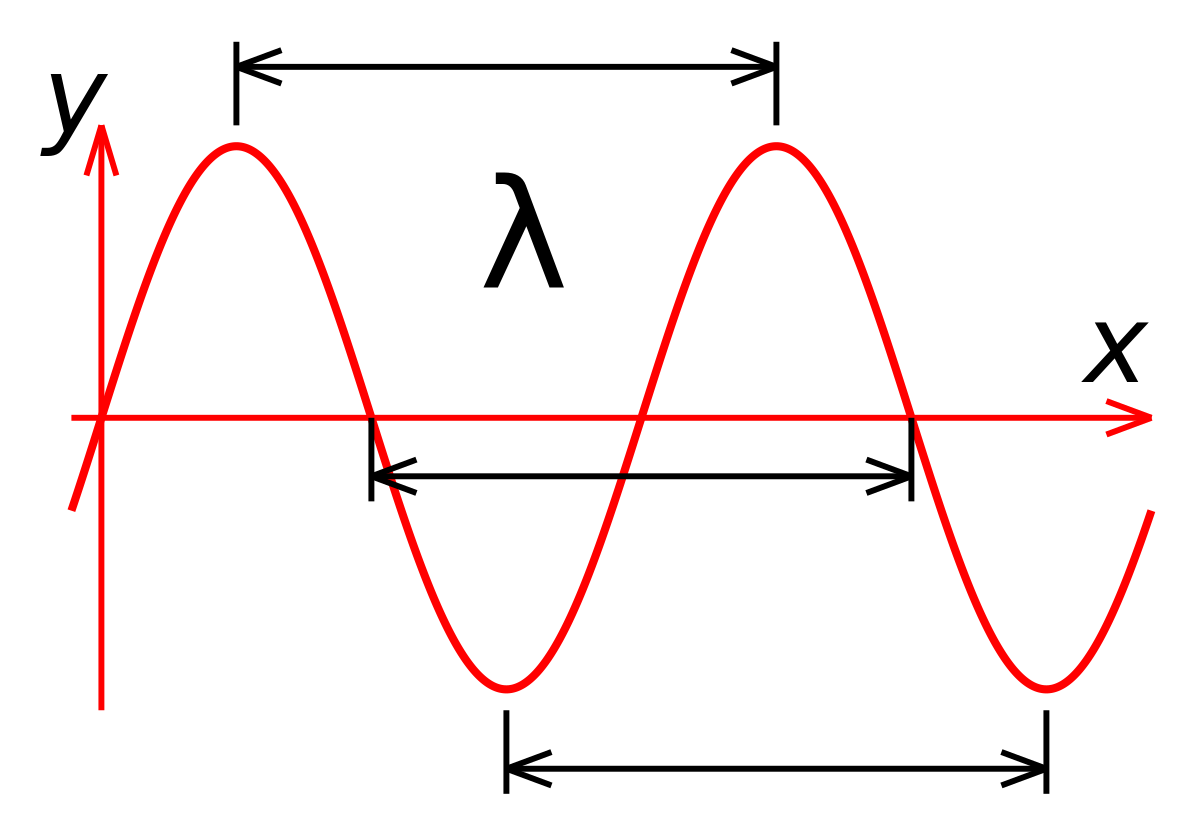Don't_look_Im_hideous
New Member
Hello again. I just was just wondering in a radio transmitter what exactly is it that determines the wavelength of the radio wave being emitted? Thanks in advance!
Follow along with the video below to see how to install our site as a web app on your home screen.
Note: This feature may not be available in some browsers.

The frequency of oscillation and the velocity of propagation in the medium. You could have looked up this anywhere:in a radio transmitter what exactly is it that determines the wavelength of the radio wave being emitted?


but of course the first three hits usually say something like "find the best prices for radio wavelength.... free shipping...."You could have looked up this anywhere:
that is a bit inaccurate... "c" in a vacuum is different from "c" in coaxial cables for instance (and without the speed of light being different in solids or liquids to cause refraction we wouldn't see clearly). "c" in a straight piece of wire is 0.95 of "c" in a vacuum, this is why antenna lengths are calculated with a correction factor. for other conductors,(again using coaxial cable as an example) both the construction and insulating materials have an effect on velocity, with some types of cable having velocity factors as low as 0.66. this is why, when making 1/4 wave stubs, someone not knowing this will calculate the wavelength the stub is to resonate at, and find it's way too long when they actually cut it.The speed at which radio waves travel through space is equal to that at which electrical energy travels through a conductor and that is the speed of light 'c'.
and find it's way too long when they actually cut it.
it's hard to always know the velocity factor of various things... fortunately we have various tools such as antenna analyzers to help with the work... of course with a decent pulse generator and an oscope one can measure the velocity factor of various cables simply by "pinging" a known length of cable and measuring the time delay of the reflection. since it it known the pulse has traveled twice the length of the cable, you can then calculate how many meters per nanosecond the pulse traveled an divide by c, which will give you the velocity factor. for obvious reasons, the longer the cable sample, the more accurate you can make the measurement.Luckily they can always cut it shorter once they realize the problem. If physics worked the other way, they'd be in trouble. Or, maybe if physics worked the other way, they'd be able to cut the stubs longer if they started out too short.

